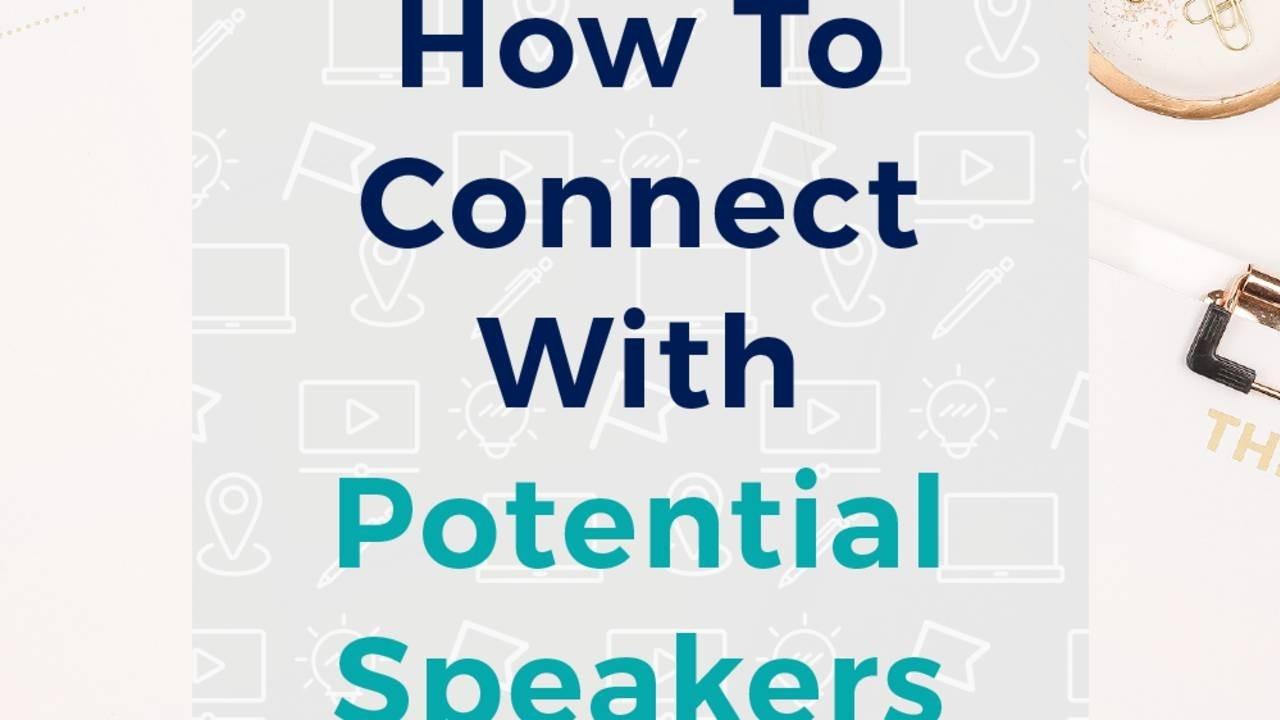Pitching speakers can bring up a lot of uncertainty. Will they say yes? What will they think of me and my event?
The truth is, pitching is a whole lot easier when you've taken a little time to connect with potential speakers first.
Today, we'll cover why I recommend making connections before pitching, whether you really have to do it, and a simple strategy for creating those connections.
Connect with potential speakers
If you have a connection with somebody before pitching, you are going to be more confident and comfortable making your pitches.
When you have a connection, you also know that you're not being ignored or turned down just because someone doesn't realize how much you know, the value you offer, and the value you are trying to offer others.
If you have a connection, you'll get good reasons if they do say no.
If you pitch virtual summit speakers that you have these connections with, it will increase the percentage of "yes" answers you get back.
Cold pitching potential speakers
If you're comfortable with cold pitches, by all means, go for it.
I recommend including a video within your pitch to help make that connection and show them you're a real person. However, you'll still likely get more “no's” than you would if you spent a couple of weeks making some casual connections.
My Strategy for Making Connections
Want some help making connections? It's easy!
Start by making a list of the potential speakers you want to pitch. Include links to anywhere you might connect with them to make it quick and easy.
Then, add a recurring task to your calendar or project management software. I have mine repeat every Tuesday and Thursday.
Whenever that task is due, click over to the social media profiles of your potential speakers and respond to their posts or share their content. It's as easy as that!
You don’t have to do it for every single person you want to pitch every single time. Do as many as you can. When they comment back to say, “thank you”, start a casual conversation.
The goal is not to make them your new best friend (unless you want them to be, of course), but simply to make sure they know who you are.
Action Steps
First, create that speaker tracking spreadsheet with the list of your potential speakers (Summit in a Box students®, you have a template for this!).
Next, jump into your project management software and add a reminder 2x per week to make those connections.
You'll thank yourself when it's time to make those pitches!




